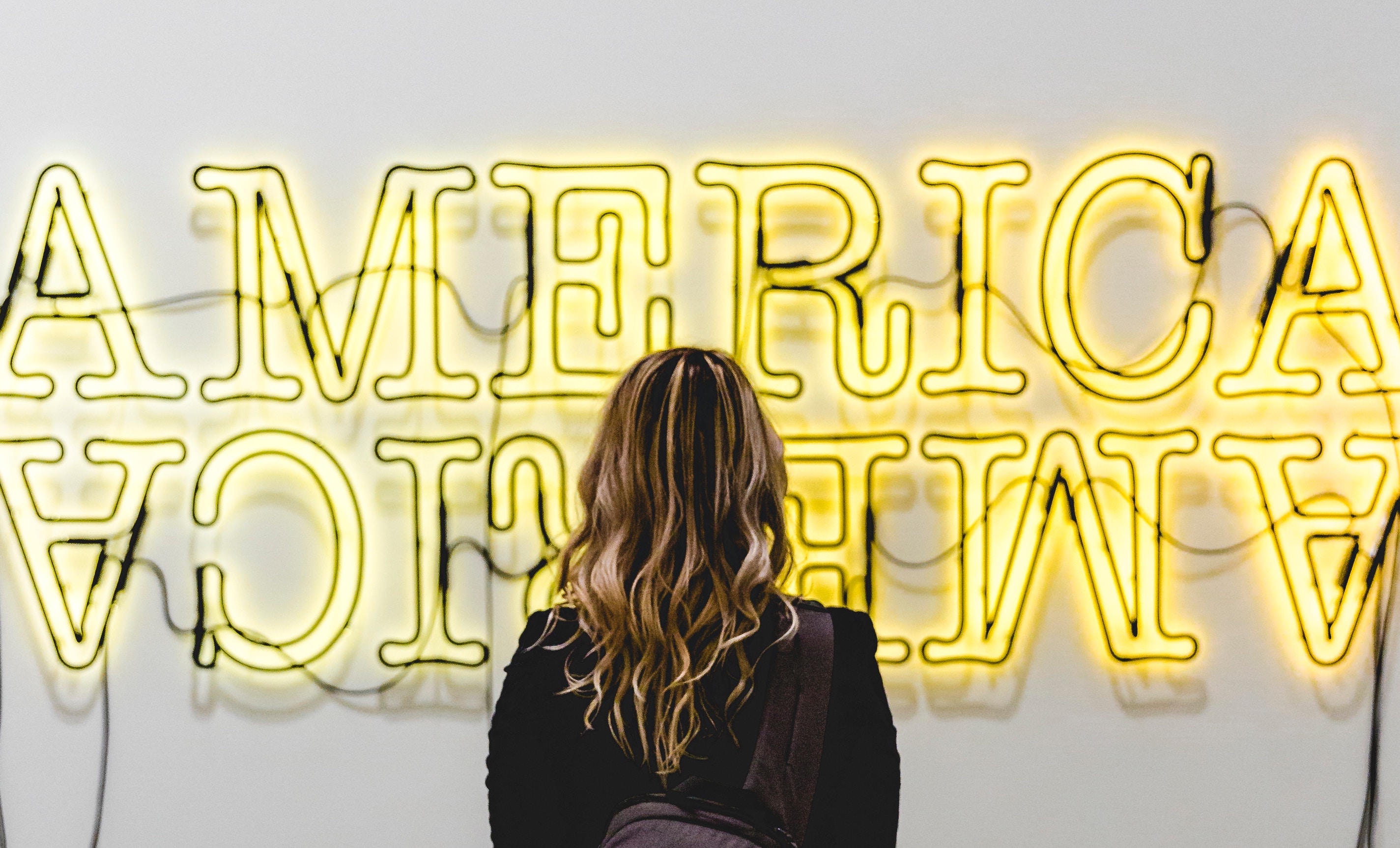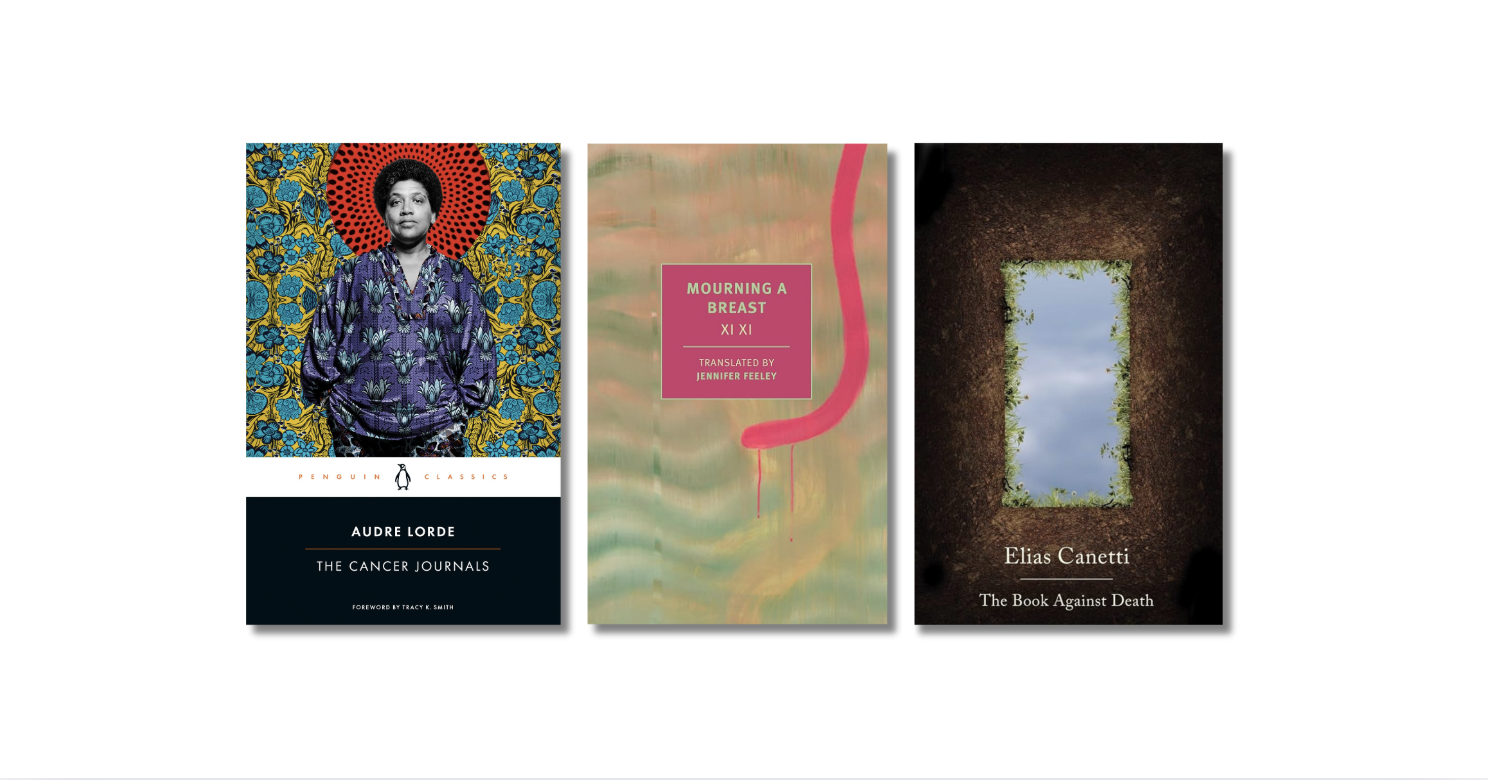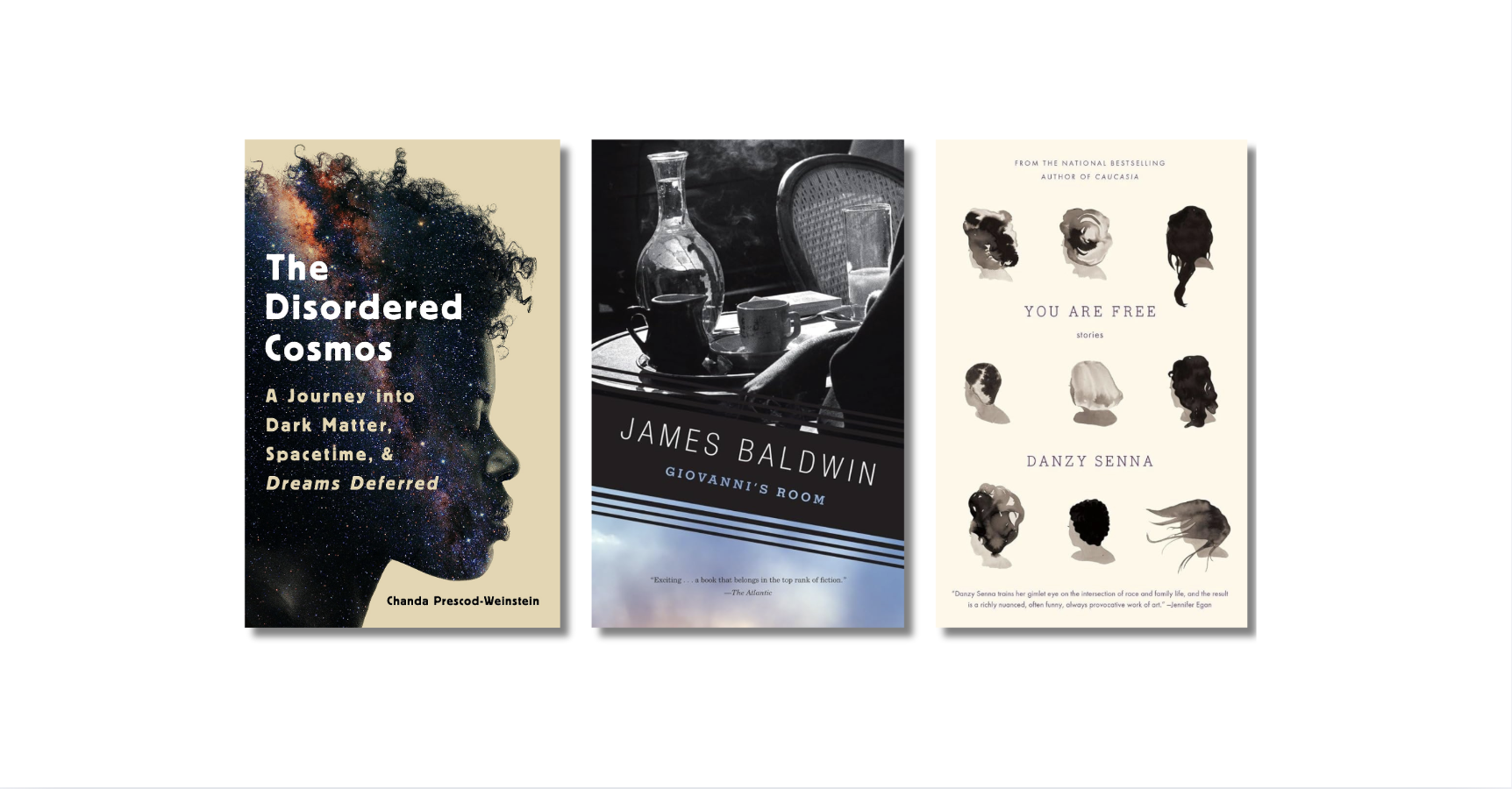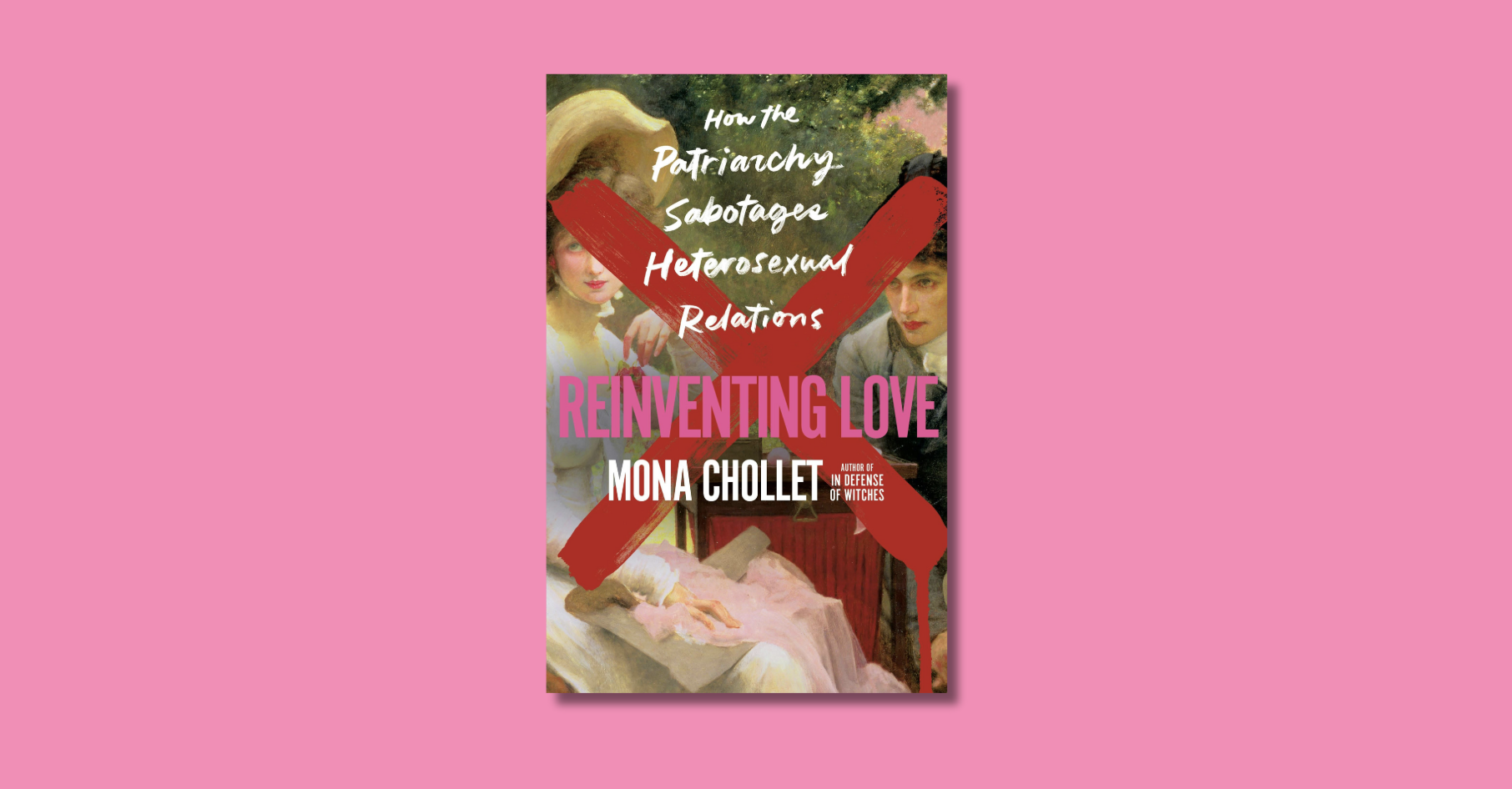I grew up in South Africa with a particular idea of what America was. What kind of a place, what kind of people. The U.S. for me—as for countless others living in far-flung places across the globe raised on a steady diet of American culture—was almost more familiar to me than my own country.
It was the place of my favorite books and TV shows and movies, my comic books and the woefully out-of-date Teen magazines my sister and I bought, cheap and in bulk, from the newsagents. South Africa didn’t get television until 1976, and it was largely primitive when I was a teenager. Mercifully, we had Beverly Hills 90210, shown on TV with the original voices dubbed in Afrikaans (Luke Perry was only lightly less of a heartthrob with an Afrikaans accent). The original English-language soundtrack was broadcast over the radio, and I would tune in religiously, ignoring the poor syncing, and reveling in this weekly dose of American high school students who looked like grown-ups and drove convertibles to class.
My idea of the U.S. was, in the ’80s and ’90s, predominantly white, a prosperous America of happy families and sparkling suburbs and incongruously perfect teeth. An America where people loved their country in ways that, to me, seemed deeply unfamiliar and strange: standing to pledge allegiance every morning, hanging flags outside their front doors. In apartheid South Africa, there wasn’t much to be patriotic about. When I went abroad for the first time at 14, my parents told my sister and me in hushed voices that if anyone asked, we were to say we were Australian.
“But why?” I said.
“Because the rest of the world hates us,” was the reply.
Growing up under apartheid is another story for another time, but the point is, here was another way that Americans were different. Americans had reasons to be proud, to feel superior. Because they were, weren’t they?
In the years between that first trip and my first visit to the U.S., I had American friends and an American boyfriend. For my master’s degree, I majored in American Studies, a whole course of study just for America. Our professor was enamored with the country and to each class, she wore a different tourist t-shirt bought on her travels in the U.S.; one for every state. Georgia, South Carolina, Alabama, Missouri. We laughed sometimes at these faded old shirts, but she was passionate about America’s mythology—and I became all the more fascinated by what it meant to be an American, and how those founding myths still dominated an entire nation’s concept of itself.
I was at the American Embassy in Cape Town on the morning of 9/11, trying to get a tourist visa for a visit. By the time I got back home, the first plane had hit the World Trade Center. I never went on that trip, and I didn’t visit the country until I was in my 30s. By then, it was 2015. A lot of things had changed, in America and the wider world, but seeing New York for the first time still felt like a homecoming of sorts: It looked and smelled and sounded just like I had always known it would. So, it was easy, for the most part, to continue thinking about the country in those old ways. Big and bold, the land of dreams and personal freedom and boundless possibilities. The greatest nation in the world, and the only one that dared to call itself that. Around New York City, I visited the icons of American greatness: the Statue of Liberty, the Empire State Building, the newly constructed Oculus, rising up against the skyline, a vision of the triumph over evil.
 In 2017, I had an idea for my second novel, All the Lost Things, and I set off for another trip to the States to conduct my research. The novel unfolds during a father and daughter road trip, from Queens to Texas, and I wanted to see with my own eyes what my characters would encounter along the way. The people and places, the motels and strip malls and road signs. A story of failed dreams, All The Lost Things details a family breaking apart, two sides unable to reconcile and driven into chaos. It seemed to me like a particularly American story: The United States is so imagined to be a place where dreams come true; where fortunes are made; where if you pull yourself up by the bootstraps, success is virtually guaranteed. Only it’s not, of course. And America is rife with countless people whose dreams will never come true for reasons that have nothing to do with how hard they work. In All The Lost Things, the young protagonist, Dolly, uses fantasy and imagination as a means of survival but also as a retreat from truth—and this too, seemed to me to be a particularly American strategy.
In 2017, I had an idea for my second novel, All the Lost Things, and I set off for another trip to the States to conduct my research. The novel unfolds during a father and daughter road trip, from Queens to Texas, and I wanted to see with my own eyes what my characters would encounter along the way. The people and places, the motels and strip malls and road signs. A story of failed dreams, All The Lost Things details a family breaking apart, two sides unable to reconcile and driven into chaos. It seemed to me like a particularly American story: The United States is so imagined to be a place where dreams come true; where fortunes are made; where if you pull yourself up by the bootstraps, success is virtually guaranteed. Only it’s not, of course. And America is rife with countless people whose dreams will never come true for reasons that have nothing to do with how hard they work. In All The Lost Things, the young protagonist, Dolly, uses fantasy and imagination as a means of survival but also as a retreat from truth—and this too, seemed to me to be a particularly American strategy.
In New York, where I started the trip, friends made faces at the mention of the places I planned to visit.
“Flyover states,” they said.
But they asked for pictures, because these were parts of the country they’d never seen, and likely never would. This was April 2017, a few months into Donald Trump’s presidency. In retrospect, they seem like the golden days, before Charlottesville and children in cages and ever more restrictive abortion rights. But already then, there was a sense that some irrevocable shift had occurred. Not just the election of a reality TV president with a distaste for truth, but the stark revelation that there existed not one America, but two, and that each had a vastly different notion of what the country was or ought to be.
I’m not sure exactly what I was expecting to see as I travelled through Pennsylvania, Virginia, West Virginia, Tennessee, Alabama, Louisiana, and Mississippi over the course of a few weeks, driving on the interstate and back roads, stopping in towns along the way. It wasn’t a comprehensive visit by any means, but it was certainly a window into another side of America.
I didn’t imagine that the country would be as vast as it is or, in so many places, as beautiful. Staggeringly beautiful: the mountains, the wide open space, the endless sky.
I also didn’t imagine that so many parts of the country would be so poor, so derelict, so empty, like a vision of some post-apocalyptic world. In parts of all the states I visited, there were signs of loss. Factories shut, main streets with boarded-up storefronts, Walmart’s about to close. There were schools without children, overturned train carriages without passengers. There were homes, crumbling and broken, not the homes of the TV shows of my childhood, but ones that spoke of unimaginable and unfathomable poverty. Here, in America of all places.
Other things, too, seemed to signpost all the ways the country contains more than one version of itself. At times, it was like playing the opposites game. All the things that divide Americans most—gun control, abortion, race, religion, the economy, and of course, Trump—were literally signposted along the way. ABORTION IS MURDER bumper stickers, billboards advertising gun stores and shooting ranges, old Trump for President banners and Truckers for Trump stickers and Bikers for Trump motorcycle jackets. Churches, more than I’ve ever seen in my life, and confederate flags staked—in many parts—in front of almost every home. Sometimes beside an American flag, but mostly not.
GOD BLESS AMERICA, illuminated signs declared; GOD IS WATCHING.
In Louisiana, in the basement of an art gallery, there was a small exhibition on the prison industrial complex. It described how prisoners in that state, the majority of them African Americans, are sent to pick cotton in the fields. Later, in Tennessee, I went to see one of the old plantations. White retirees toured around the grounds on Segways, and there was a wedding being set up in the old barn for later that evening.
In a bar in Nashville, two pretty blonde singers paused between their set. “We thank God for President Trump,” they said, and everyone applauded. At Dollywood, Dolly Parton’s theme park, crowds rode rollercoasters as old-timey bluegrass played over the speakers, and in the gift store, t-shirts emblazoned with the American eagle implored: Be an eagle not a chicken!
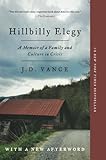 Along the way, the people I met were friendly sometimes, and other times not. I had the impression that some were tired of outsiders passing through, casting judgment on their lives and choices. Hillbilly Elegy was a national bestseller; the Alabama-set S-Town was the podcast everyone was binge listening. Neither painted a great picture of these parts.
Along the way, the people I met were friendly sometimes, and other times not. I had the impression that some were tired of outsiders passing through, casting judgment on their lives and choices. Hillbilly Elegy was a national bestseller; the Alabama-set S-Town was the podcast everyone was binge listening. Neither painted a great picture of these parts.
Almost no one I met had only one job. Almost everyone was smart and hard-working and kind. Resilient, too. Single mothers working three different jobs. Uber drivers in New Orleans still waiting for homes after Hurricane Katrina.
A lot of people appeared to be deeply unwell, in ways you don’t see in places where healthcare is free and the social net wide. I saw evidence of the opioid crisis, the obesity epidemic, mothers who looked like children themselves. A family meal at McDonald’s cost next to nothing; a single salad and a piece of fish at Whole Foods cost $50.
In spite of the country’s many problems, most of the people I spoke with still viewed America as the greatest place on Earth. All of them believed that the dream was within reach. Almost relentlessly so. Ruthlessly so.
And maybe that is the essential truth about America: there’s no giving up on it. There is always the possibility of reinvention and rebirth, renewal and change, better times and a brighter future. It is the very Americanness of America—the ability to imagine a nation so great that it stands as a beacon to all others. It’s a marvelous notion, and it may have enabled greatness, at home and abroad. But there is always a fine line between telling ourselves the stories we want to believe and deluding ourselves to the point of dangerous ignorance.
My trip ended in Los Angeles, in the newly renovated home of a woman I’d met years earlier at an artist’s residency. Perched high above Silver Lake, her beautiful mid-century home was purchased with money inherited from her grandfather’s generous estate. He had made his money in timber, or sugar, or one of the other stalwarts of America’s post-war economic expansion. His was a classic tale of the self-made man: Raised in a small Midwestern town, he had risen up from rural poverty to make his fortune—enough of a fortune to last three generations and counting. His descendants didn’t have to worry about affording health insurance and mortgages and college tuition; theirs was to be a story of plenty and privilege.
We ate dinner dwarfed by two larger-than-life portraits of my friend’s grandfather and his wife, who gazed down upon us, triumphant and grand: American winners. In the distance, the Hollywood sign flickered, that other eternal beacon of light and another symbol of a quintessentially American dream, promising that everything you want is just on the horizon.
Image credit: Unsplash/Victor Lozano.
